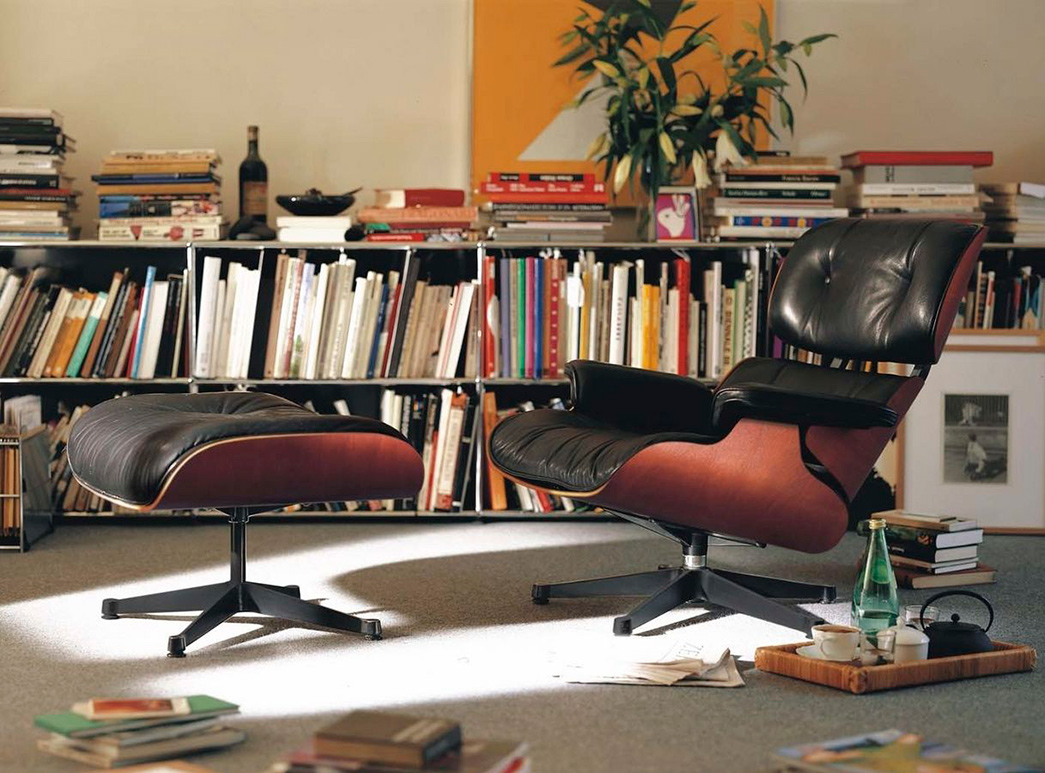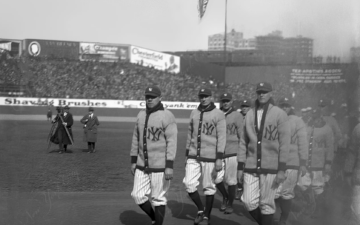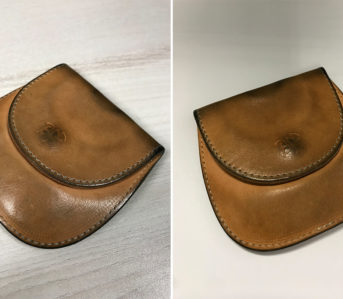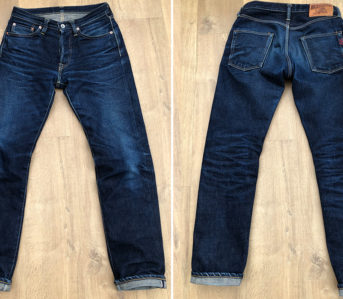If you’re a regular reader here at Heddels, you’ll know that we appreciate the classics: well-designed items which we just keep coming back to. Something that’s a safe choice, steadfast and stands apart in a throwaway society. And of course, this doesn’t only apply to a humble pair of Levi’s 501s, the Red Wing 875 Moc Toe or the M65 Field Jacket. The term ‘classic’ is just as applicable to furniture, vehicles, or architecture.
What can be beautiful about a ‘classic’ is that sometimes the design is conceived for a particular purpose and earns its moniker through a happy accident as a result of popular culture or unintended endorsement. But more often than not, a classic is a true testament to good design and artistic vision. It is the result of innovation and imagination. These are designs which are often imitated but rarely bettered.
Due to the advancement of technologies, less creative constraints and developments in materials, the twentieth century could be considered the birthplace or breeding ground for items which we might classify in this way. Mid-Century Modern, in particular, has returned to the forefront of the interior design world in recent years, solidifying many designs of the era with the classic distinction. And as we move from dressing ourselves with classic clothing, we often turn to dressing our homes with classic furniture. And few furniture designs reach the heights of notoriety and are more sought after than the Eames Lounge Chair.

Ray and Charles Eames, via The New York Times
A Lifelong Partnership
In 1941, at Cranbook Academy of Art in Michigan, a handwritten letter was penned by the then Head of the Industrial Design Department, Charles Eames. The letter was written to Bernice Alexandra Kaiser York, a painting student at Cranbrook. The letter was a proposal, for marriage. Unknown at the time, but this matrimony would result in one of the most impactful and highly regarded design teams of the modern era. A couple who would work together for almost 40 years and whose impact on the world of design cannot be overstated. They would design and develop many items that we now regard as ‘classic’ examples of contemporary design.
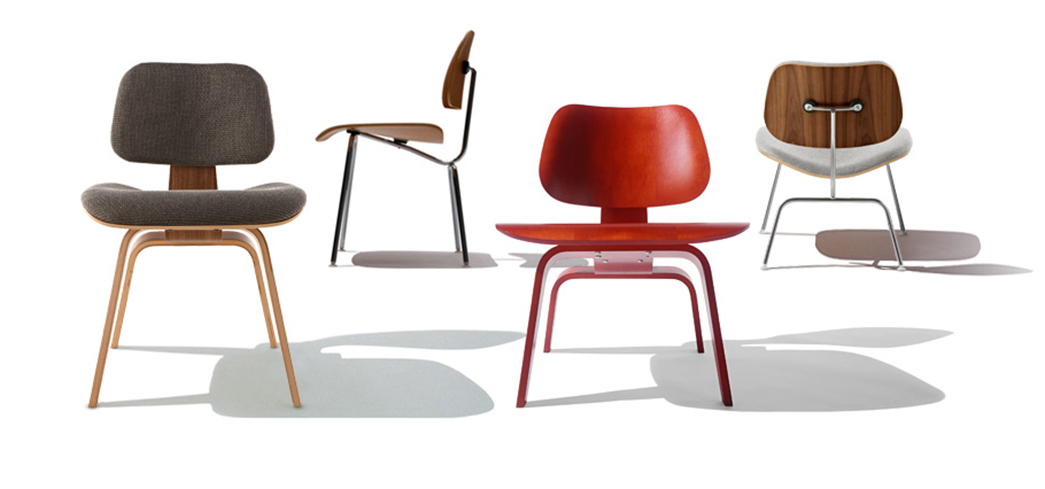
Photo: The Eames Office
The two married and soon took a honeymoon road trip to California, the state they would come to call home. They collected tumbleweeds along the route to Los Angeles, which would later hang from the ceiling in their home at Pacific Palisades, now commonly known as the ‘Eames House’. Formally named Case Study House No. 8 and built in 1949 as part of a large scale architectural project commissioned by Arts & Architecture Magazine, the residency quickly became an iconic piece of mid-century architecture. Overlooking the hills north of Santa Monica and situated on a wooded bluff, the house contained mementos from the couples’ travels as well as furniture they had designed.
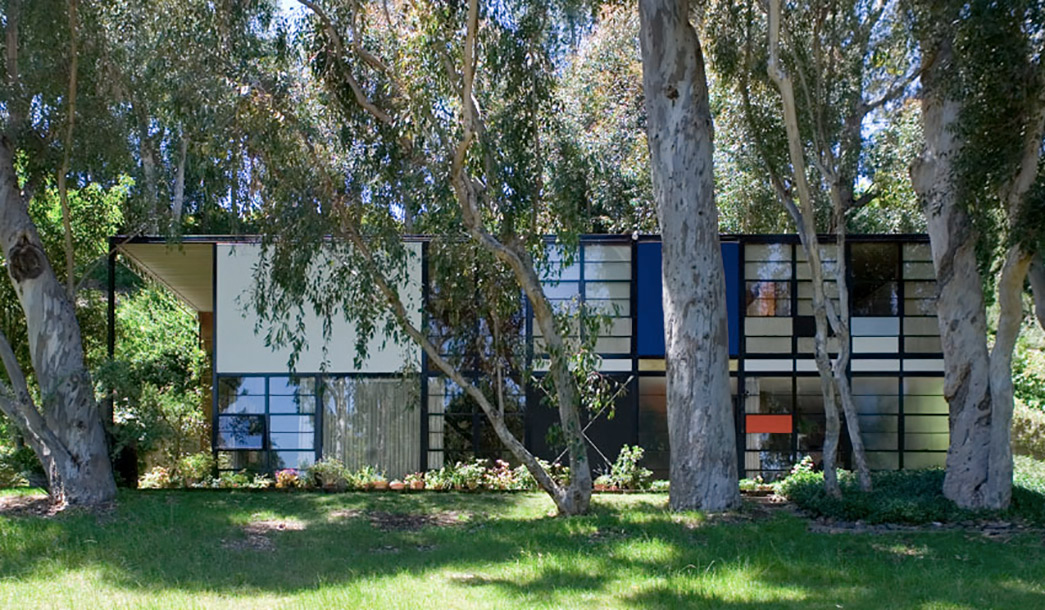
Photo: Vault
Respite From the Strains of Modern Living
As recognizable as the Eames house itself is a piece of furniture which still takes pride of place in the living room of the property. The 670 & 671, or Eames Lounge and Ottoman as it is commonly known, were released in 1956 following years of design and development. The items are now a part of the permanent collection at the Museum of Modern Art in New York, a testament to their status and recognition. In a letter to Charles, Ray wrote that the chair looked “comfortable and un-designy”, but this mirrored just what Charles had hoped for. In an era of minimal furniture, Charles wanted to design a chair which had “the warm receptive look of a well-used first baseman’s mitt” and one that would provide respite from the “strains of modern living”.

Photo: Dwell
The chair debuted on Arlene Francis’ Home Show in 1956, who called it “quite a departure” from Eames previous creations. The origin for the creation of the chair and ottoman came from time the couple spent with their friend Billy Wilder on his film sets. The director would famously put together a makeshift lounge chair to take a break between scenes.
Something about this lit a fire within Charles and Ray, and, combined with their previous experience of working with plywood, the resulting smooth curvature of the Lounge and Ottoman is still recognizable today. The story came full circle when the first completed set produced by Herman Miller was gifted to Billy Wilder.
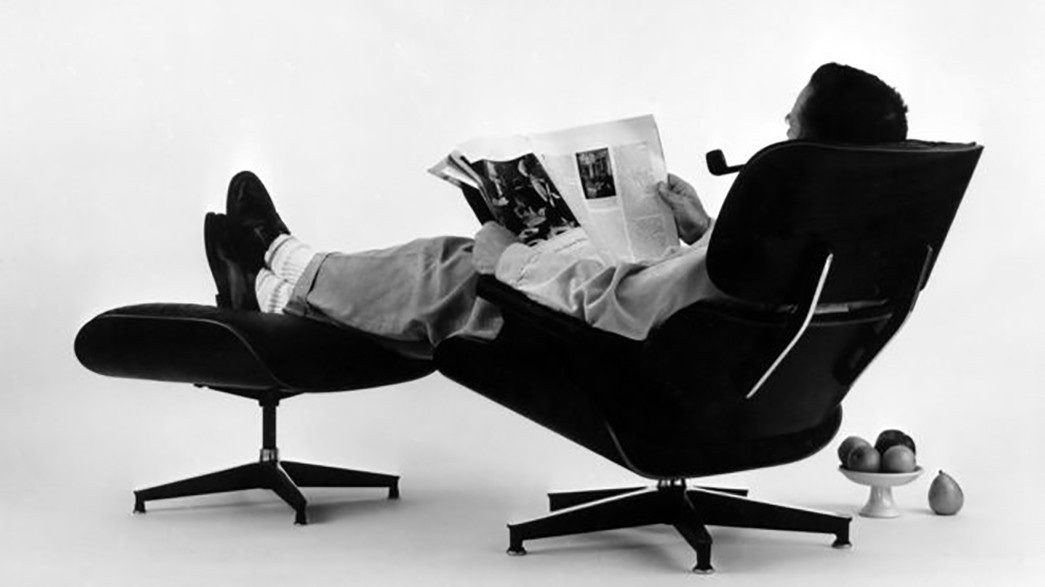
Photo via BBC
Experimentation with Molded Plywood
Between their arrival in California and the debut of the Lounge and Ottoman in 1956, Charles and Ray had already immersed themselves in the world of product design, furniture design and architecture. The use of plywood by the Eameses initially took a different form during the Second World War, at a time when it was expected that everyone would contribute to the war effort in any way possible.
The couple successfully experimented with applying heat and pressure to plywood in order to form splints for the US Navy Medical Department. Used on injured soldiers, the splint was highly functional, lightweight, cheap to produce and easily transported. This technique eventually transformed into the first chair made by the couple from molded plywood: the Lounge Chair, Wood (or ‘LCW’), which was produced from 1946 onwards.
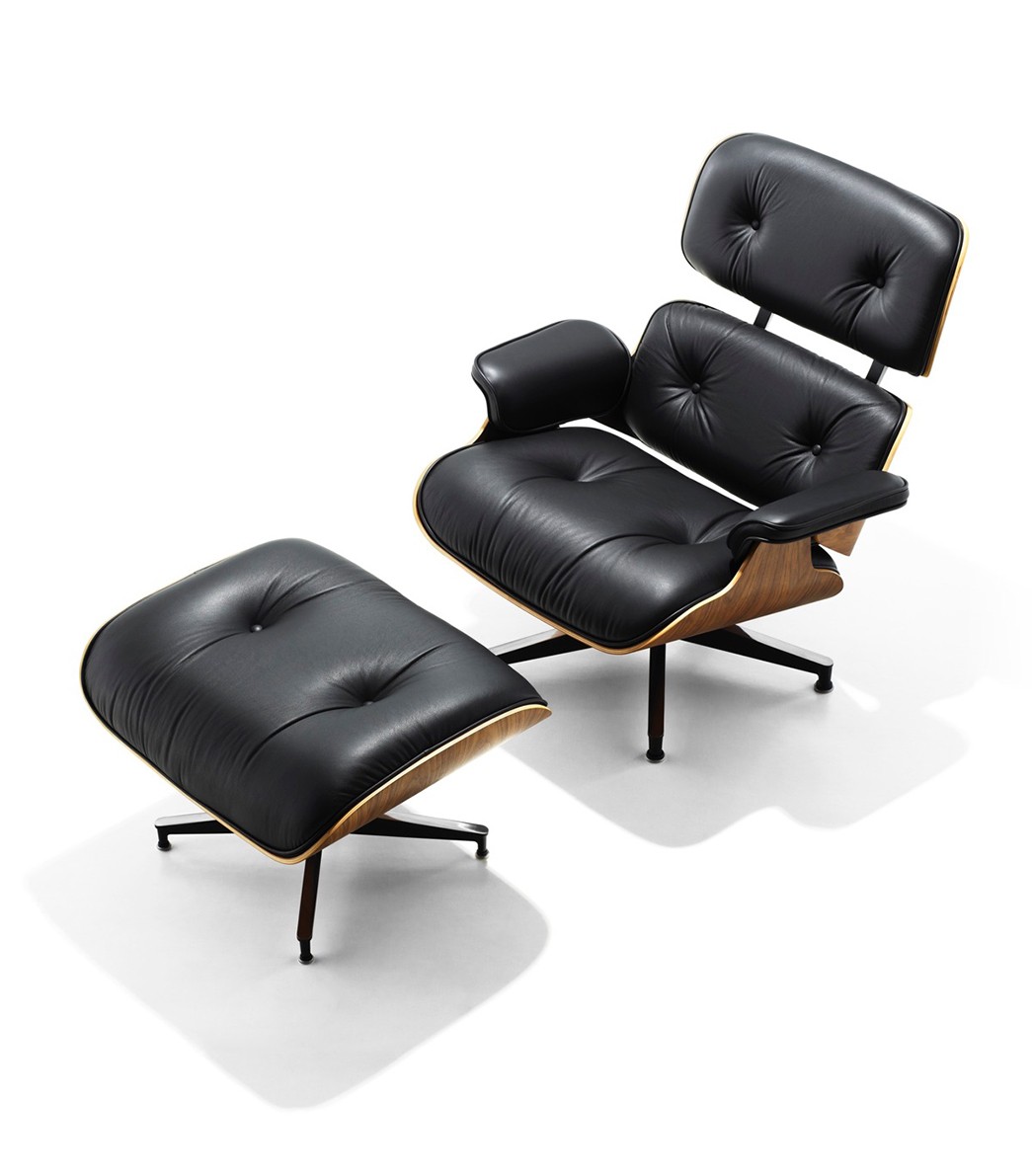
Photo: Herman Miller
Technical Specifications
The Eameses aimed to produce furniture that was affordable and able to be mass produced. However, the Lounge and Ottoman were the exceptions and the first example of their furniture that was produced for a higher-end market. Inspired by the English club chair and produced by the Herman Miller company, the Lounge and Ottoman utilized molded plywood, leather and aluminum.
The chair was composed of three curved plywood shells which were originally constructed from Brazilian rosewood (discontinued in the 1990s) and later cherry, walnut, palisander, and rosewood, a sustainably grown alternative to its Brazilian cousin. Each layer was glued together and shaped under heat and pressure; a technique that Charles and Ray had now perfected.
Earlier models featured a set of rubber spacers between the wood panels and aluminum frame. The leather seat cushions were attached to the shell using a series of hidden clips and rings, in order to allow the outside veneer of the chair to be untouched by fixtures or fittings. The chair has a low seat position which is fixed in a recline but can be swiveled on its aluminum base.

Photo: Julian Berman for 3sixteen
Futureproof
Despite the Lounge and Ottoman having a frosty reception, the market soon came to realize that it was lighter, more elegant, contemporary and comfortable than the original club chair it was based upon. It quickly attained the status of a classic in the history of modern design. Production today remains much the same as it was during the late 1950s, with the 670 & 671 still being produced by Herman Miller and Vitra under license.
The pair have also been re-interpreted by contemporary brands and companies. In 2015, American denim brand, 3sixteen, collaborated with Herman Miller on a custom Lounge and Ottoman which was crafted exclusively for them. Paired with a natural vegetable-tanned leather upholstery which will develop a beautiful patina over time (although watch out with the raw denim), true to Charles Eames’ desire for the chair to resemble a well-worn baseball mitt.
3sixteen selected a Palisander veneer which is close to the original Brazilian Rosewood and only three were produced for the company. This just goes to show that while you shouldn’t mess with a design classic, there is always time for reinterpretation and review. Here we have seen two companies with parallel ideas and a consistent approach to production, come together and create something truly special which remains true to the ethos of the original.

Photo: 3sixteen
Where to Buy
Herman Miller

Photo: Herman Miller
Still manufactured as close to the original specifications as possible, design giant Herman Miller is going to be your go-to for that authentic Eames Lounge and Ottoman. While the price might be prohibitive, this is an investment piece which will last a lifetime.
Available from $5,295 at Herman Miller.
Vintage
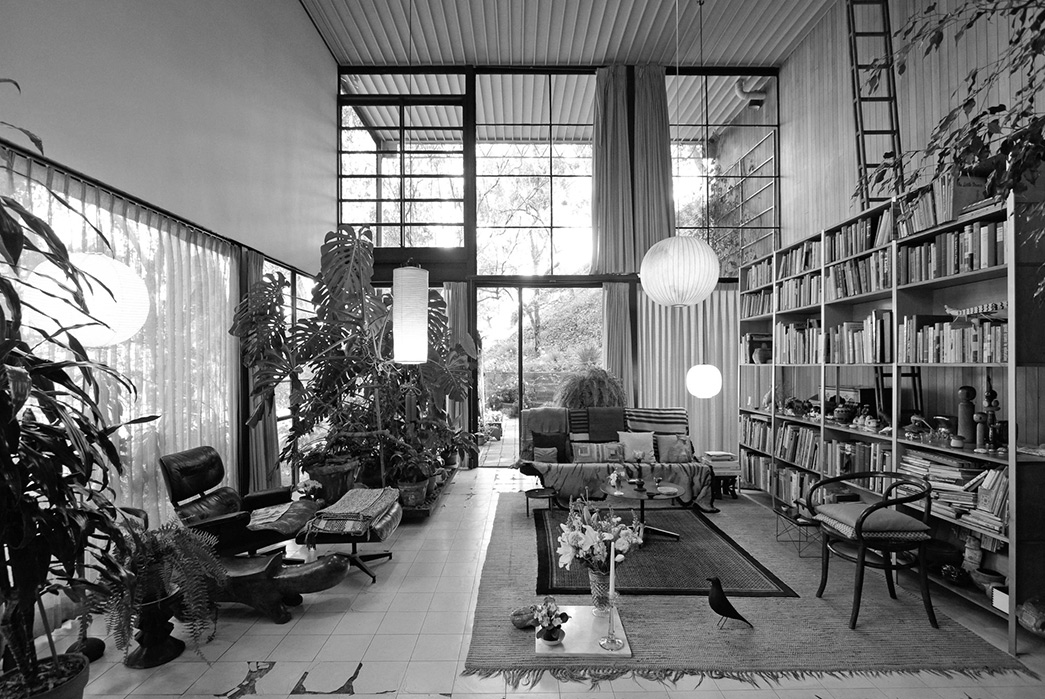
Photo: Arch Daily
If you’re looking for an authentic vintage example of an Eames Lounge and Ottoman from the late 1950s or 60s, then you’d better get digging and have deep pockets. With original examples in good condition going well into thousands of dollars, you’re going to need to do your research first. Speak with experts and find some reputable and recognized vintage dealers. Google is your friend, but buyer beware if using platforms like eBay or Craigslist.
Reproduction
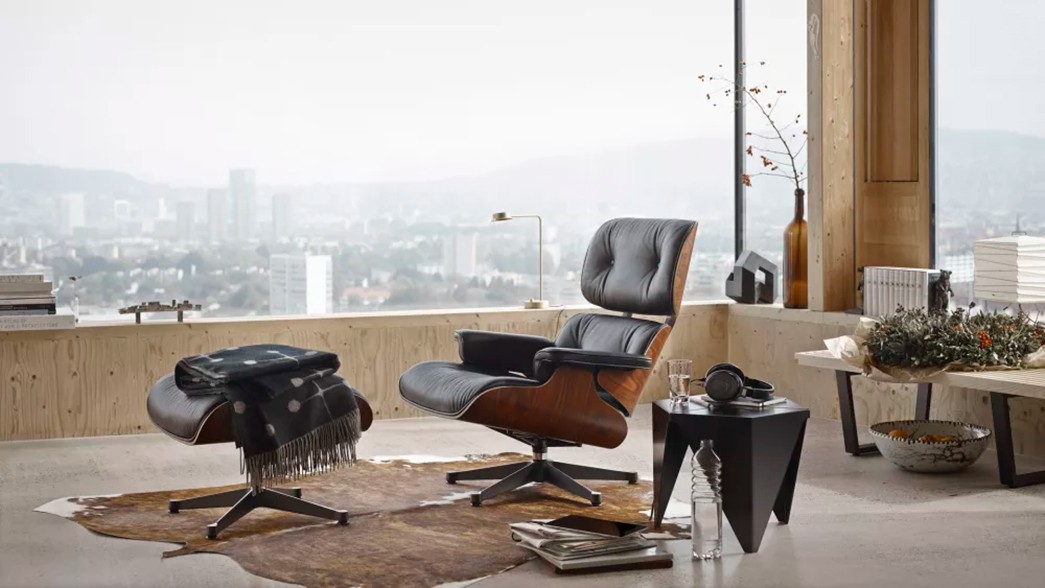
Photo: The Conran Shop
With any highly regarded item, there are bound to be imitations and reproductions. This isn’t a bad thing, but remember that you get what you pay for. However, as many of us might not be in a position to spend thousands on a licensed Herman Miller Lounge and Ottoman, a reproduction is a viable alternative. With a number of shops offering their own take on the original, read reviews and avoid ordering online if possible.
